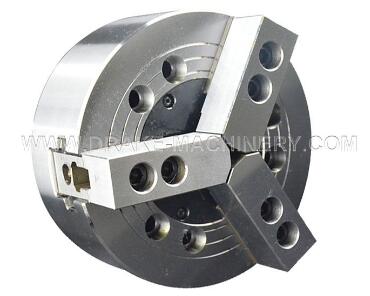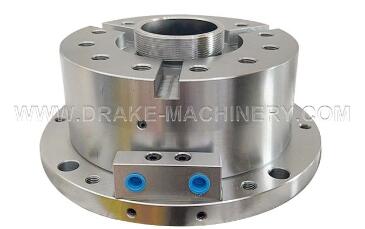- Automobiles & Motorcycles
- Beauty & Personal Care
- Business Services
- Chemicals
- Construction & Real Estate
- Consumer Electronics
- Electrical Equipment & Supplies
- Electronic Components & Supplies
- Energy
- Environment
- Excess Inventory
- Fashion Accessories
- Food & Beverage
- Furniture
- Gifts & Crafts
- Hardware
- Health & Medical
- Home & Garden
- Home Appliances
- Lights & Lighting
- Luggage, Bags & Cases
- Machinery
- Measurement & Analysis Instruments
- Mechanical Parts & Fabrication Services
- Minerals & Metallurgy
- Office & School Supplies
- Packaging & Printing
- Rubber & Plastics
- Security & Protection
- Service Equipment
- Shoes & Accessories
- Sports & Entertainment
- Telecommunications
- Textiles & Leather Products
- Timepieces, Jewelry, Eyewear
- Tools
- Toys & Hobbies
- Transportation
Power Chuck Vs Manual Chuck For Workholding
Understanding the strengths of a power chuck vs manual chucks for workholding - and vice versa - is key to finding the right chuck for your application. Selecting the correct tool for the task is always the best practice, though having both on hand is also a best practice if your shop makes a variety of workpiece designs.
There are good reasons to select a manual chuck, though there are also good reasons not to if your shop doesn't use workpieces suited to the use of a manual chuck. The manual chuck is a great choice for lathing or milling most workpieces, as it's arguably the most versatile style of chuck.
By manually adjusting the jaws, it allows the operator to clamp a wide variety of workpieces. Since three- and four-jaw manual chucks are widely available throughout the industry, a great variety of workpieces can all be accommodated. Manual chucking is also common for lathes and mills in the amateur shop.
YS3 D jaw solid hydraulic chuck
Another strength of the manual chuck for workholding is the adjustability of clamping pressure. Thin-walled and delicate workpieces can be fully secured for milling or turning and won't be damaged by the chuck. The operator can adjust far more on a manual chuck, or even change jaws as they need to for the job at hand.
However, this comes at certain costs, which may or may not make a manual chuck suitable for your shop.
A power chuck has jaws operated by pneumatic or hydraulic pressure, automating the securing of a workpiece. The operator installs the correct jaws and closes the chuck, clamping the workpiece in place.
YK-LD Vertical hydraulic chuck base plate
The primary advantage of a power chuck is increased efficiency, along with more consistent pressure on the workpiece. Compression on the workpiece is constant, as air or hydraulic pressure hold the workpiece instead of manually clamping it in place like using a vise on a workbench.
The operator can clamp and release workpieces much faster, which makes high-volume production much easier. When large numbers of the same product are called for, time spent manually clamping and unclamping workpieces is drastically inefficient which, of course, is part of what the power chuck was invented to combat.
While older (and also simpler models of modern construction) power chucks were less adjustable, clamping pressure can be adjusted on modern power chucks, and different jaws installed as needed.
It therefore isn't wholly the case that power chucks are therefore a volume-only proposition and the job shop is better off with a manual chuck; it's more that a manual chuck is better suited to low-volume, higher-precision applications.
A chuck is a tool, and like any tool must be selected for the right task.
We are a Power Chuck manufacturer. Should you run into any difficulties, please do not hesitate to contact us.
If you are interested in sending in a Guest Blogger Submission,welcome to write for us!






Comments
0